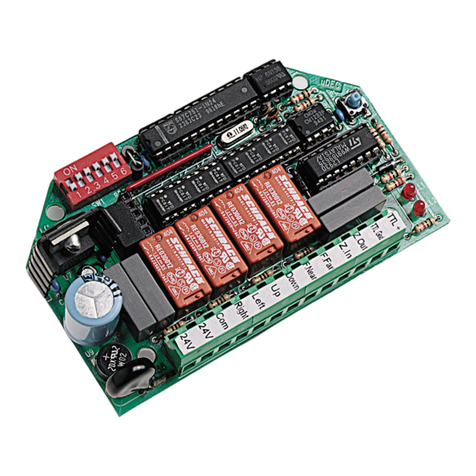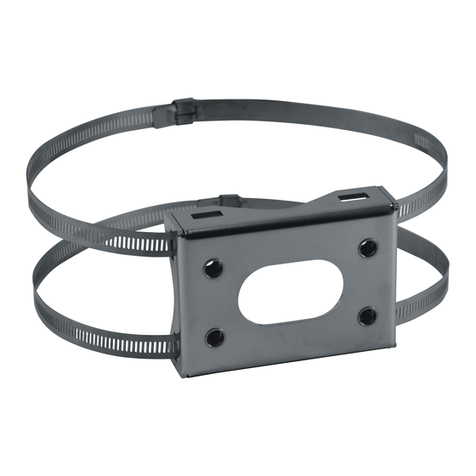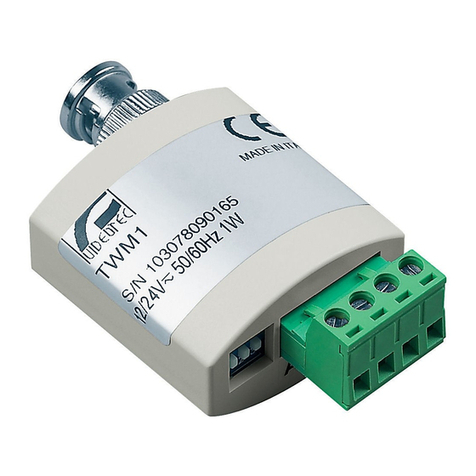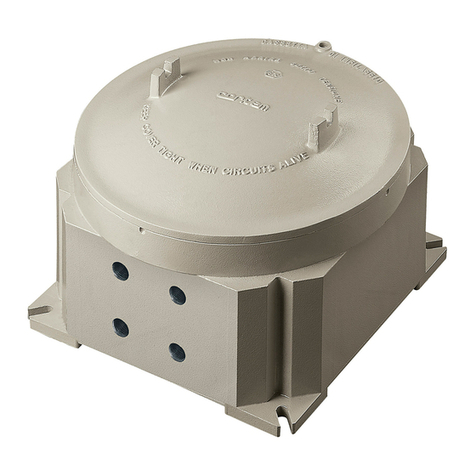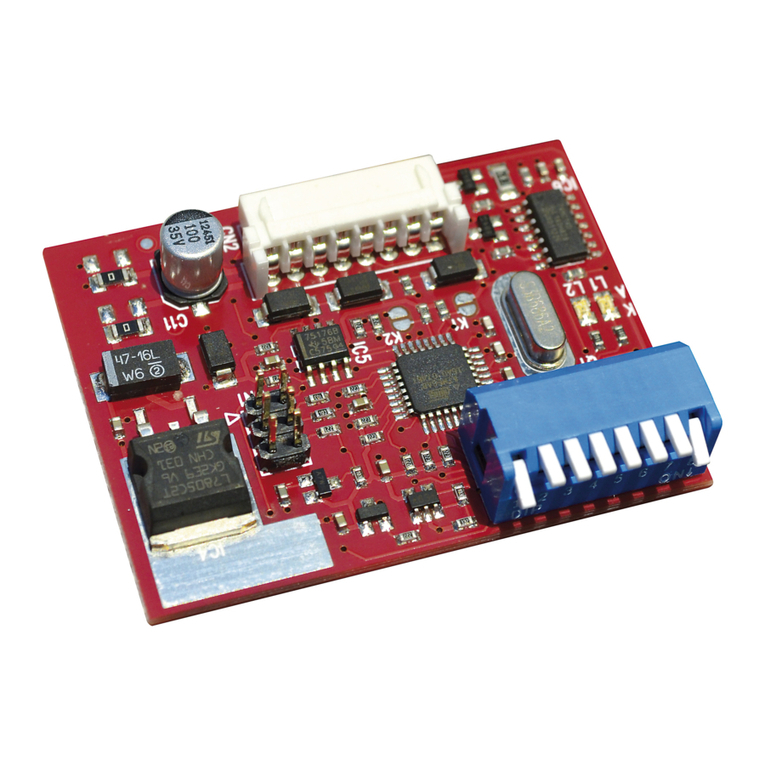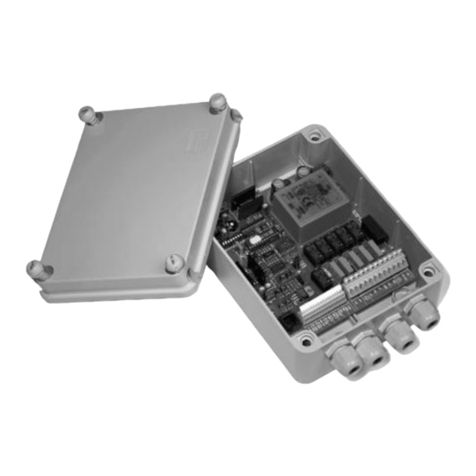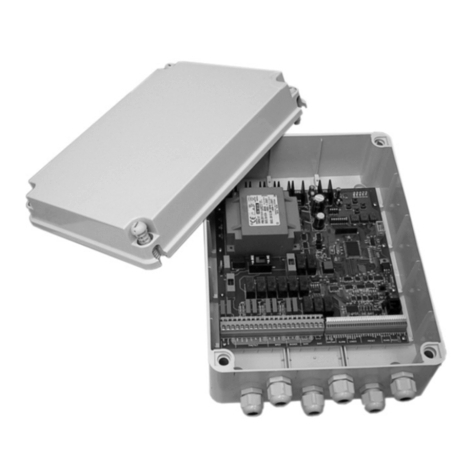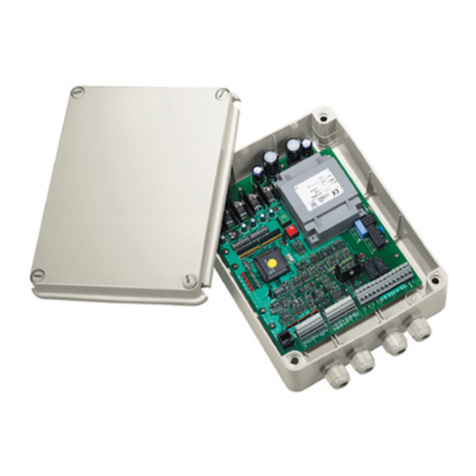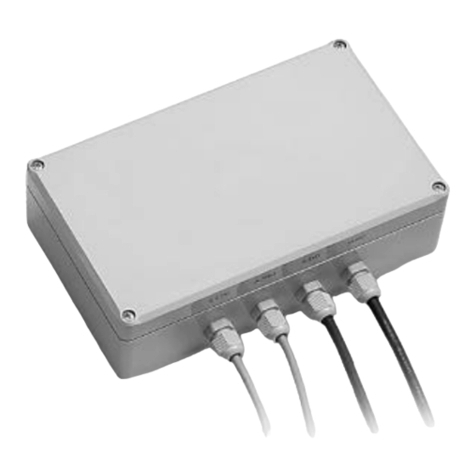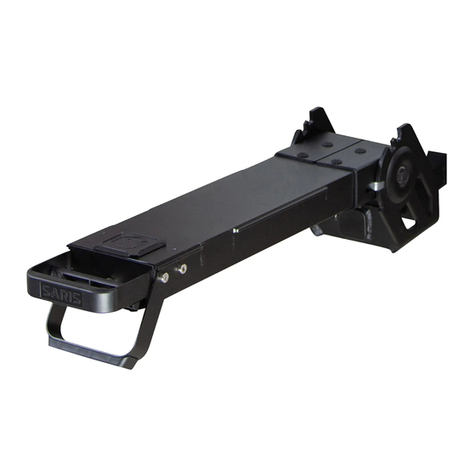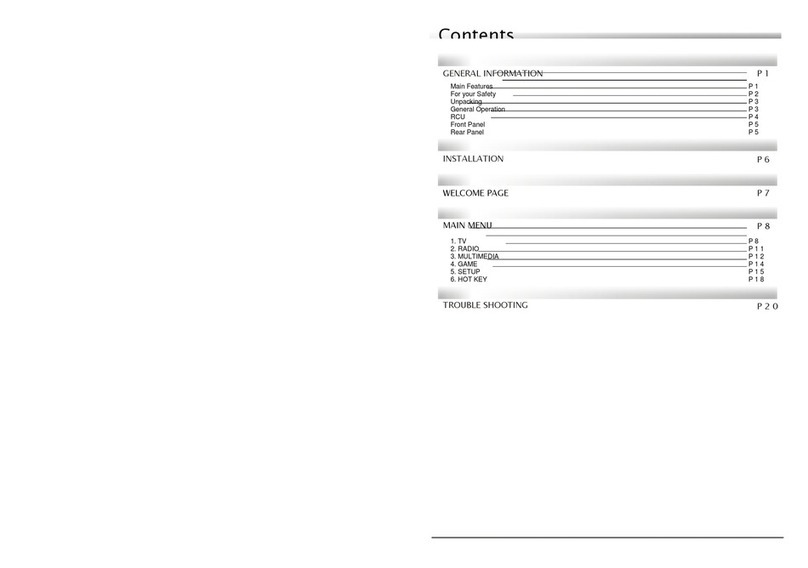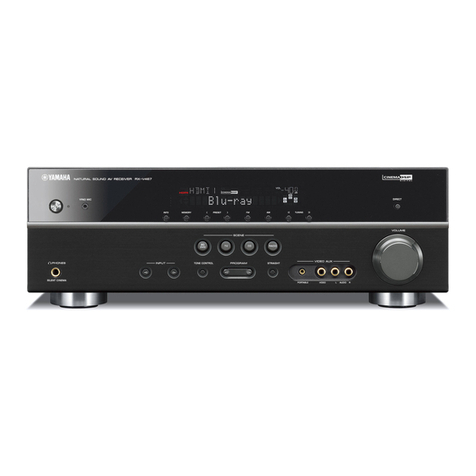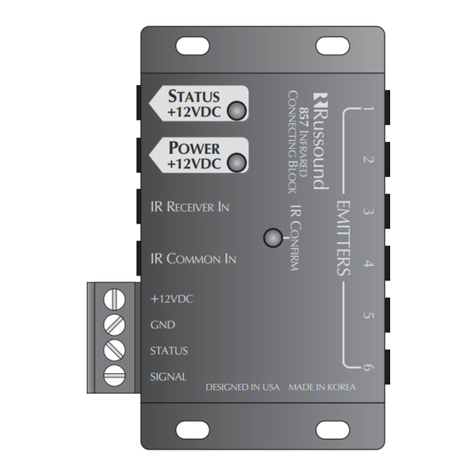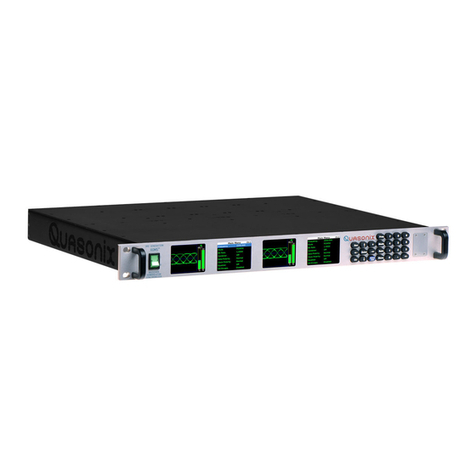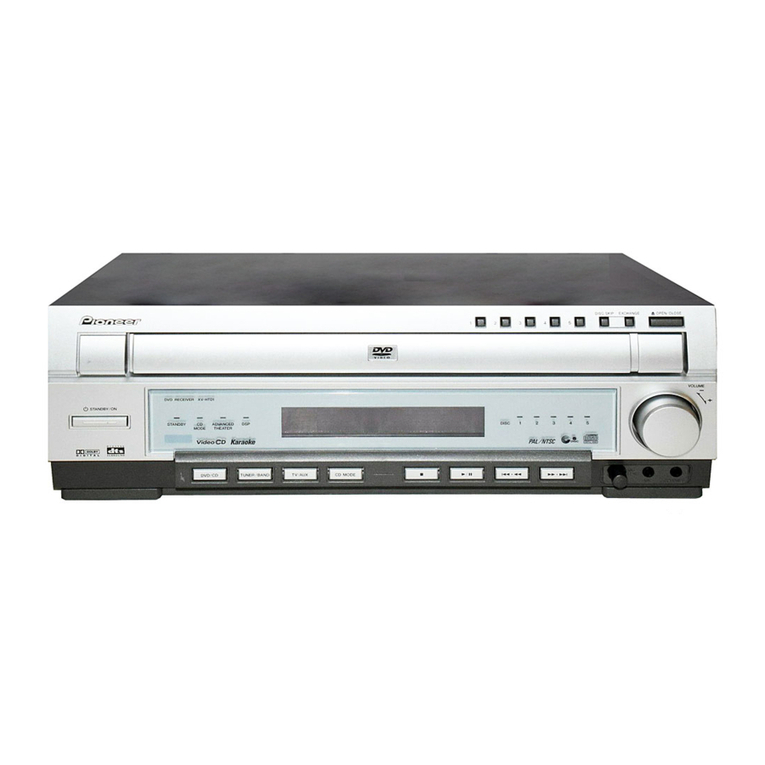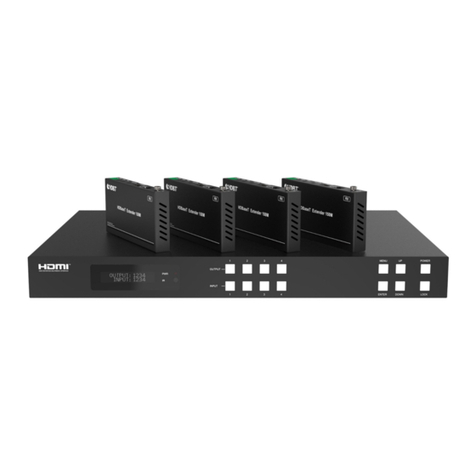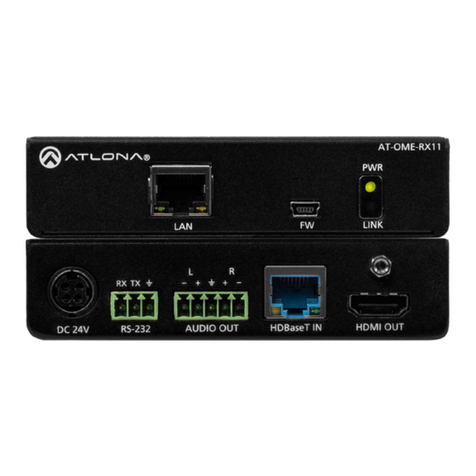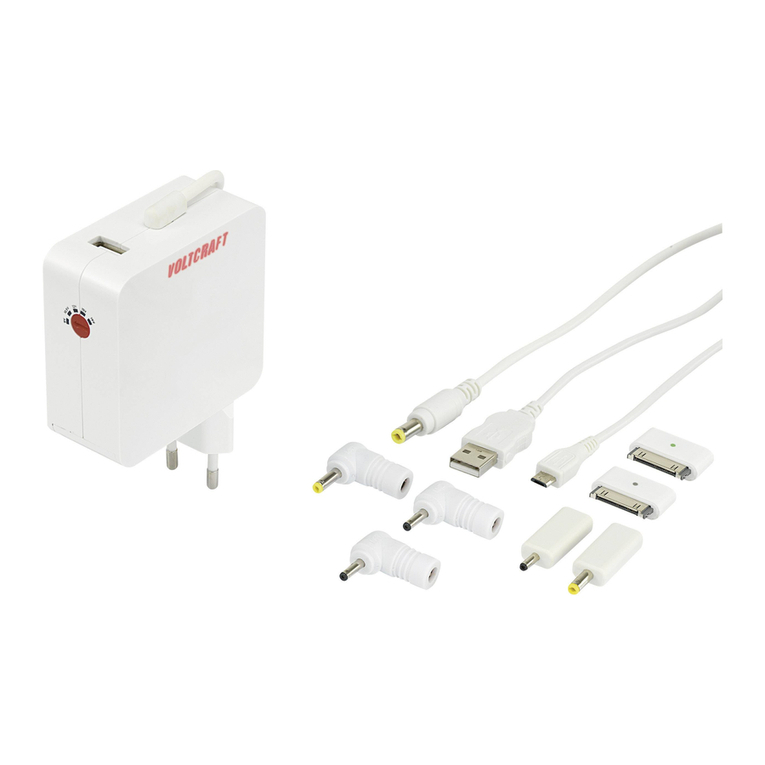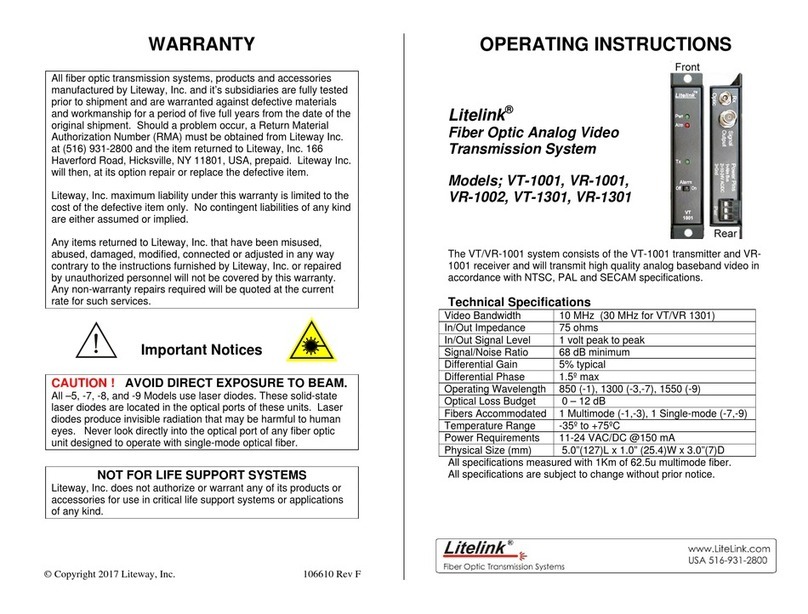
Pag. 1RDDR/RDDT9823/2
INDICE
INDICE.................................................................................................................................................................................... 1
INTRODUZIONE.................................................................................................................................................................... 2
Contenuto dell'imballo............................................................................................................................................................................... 2
Contenuti di questo manuale..................................................................................................................................................................... 2
Convenzioni tipografiche........................................................................................................................................................................... 2
DATI DI MARCATURA........................................................................................................................................................... 2
NORME DI SICUREZZA........................................................................................................................................................ 2
NOTE DI SICUREZZA ED INFORMAZIONI SUPPLEMENTARI .......................................................................................... 3
DESCRIZIONE DEL PRODOTTO ......................................................................................................................................... 4
Esempi di applicazione.............................................................................................................................................................................. 4
Alimentazione............................................................................................................................................................................................ 5
Uso mobile ................................................................................................................................................................................................ 5
Montaggio.................................................................................................................................................................................................. 5
Frequenze operative.................................................................................................................................................................................. 5
INSTALLAZIONE................................................................................................................................................................... 5
Prerequisiti ................................................................................................................................................................................................ 5
TARATURA CANALI E FREQUENZE................................................................................................................................... 6
MONTAGGIO DEL TRASMETTITORE E DEL RICEVITORE .............................................................................................. 7
Casi di installazione................................................................................................................................................................................... 8
Montaggio del trasmettitore e del ricevitore........................................................................................................................................... 8
Due collegamenti radio in parallelo usando due frequenze................................................................................................................... 8
Connessioni del trasmettitore e del ricevitore ........................................................................................................................................... 9
SOLUZIONE PROBLEMI..................................................................................................................................................... 10
SPECIFICHE TECNICHE..................................................................................................................................................... 10
Dati sul sistema....................................................................................................................................................................................... 10
Connessioni del sistema ......................................................................................................................................................................... 10
Dati generali............................................................................................................................................................................................ 10
Trasmettitore RDDT433 .......................................................................................................................................................................... 11
Ricevitore RDDR433............................................................................................................................................................................... 11
Il produttore declina ogni responsabilità per eventuali danni derivanti da un uso improprio delle apparecchiature
menzionate in questo manuale; si riserva inoltre il diritto di modificarne il contenuto senza preavviso.
Ogni cura é stata posta nella raccolta e nella verifica della documentazione contenuta in questo manuale: tuttavia il
produttore non può assumersi alcuna responsabilità derivante dall’utilizzo della stessa. Lo stesso dicasi per ogni persona
o società coinvolta nella creazione e nella produzione di questo manuale.
